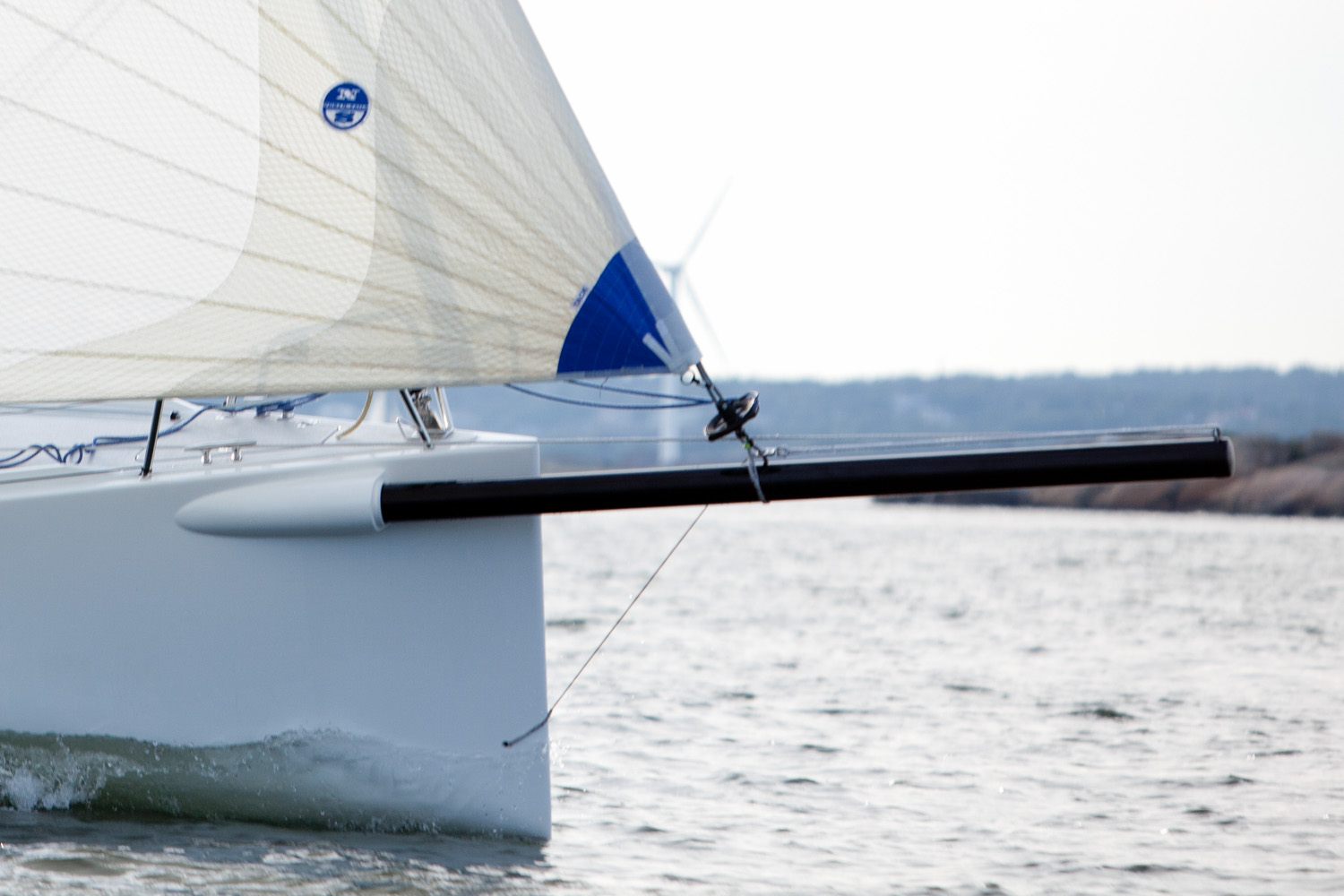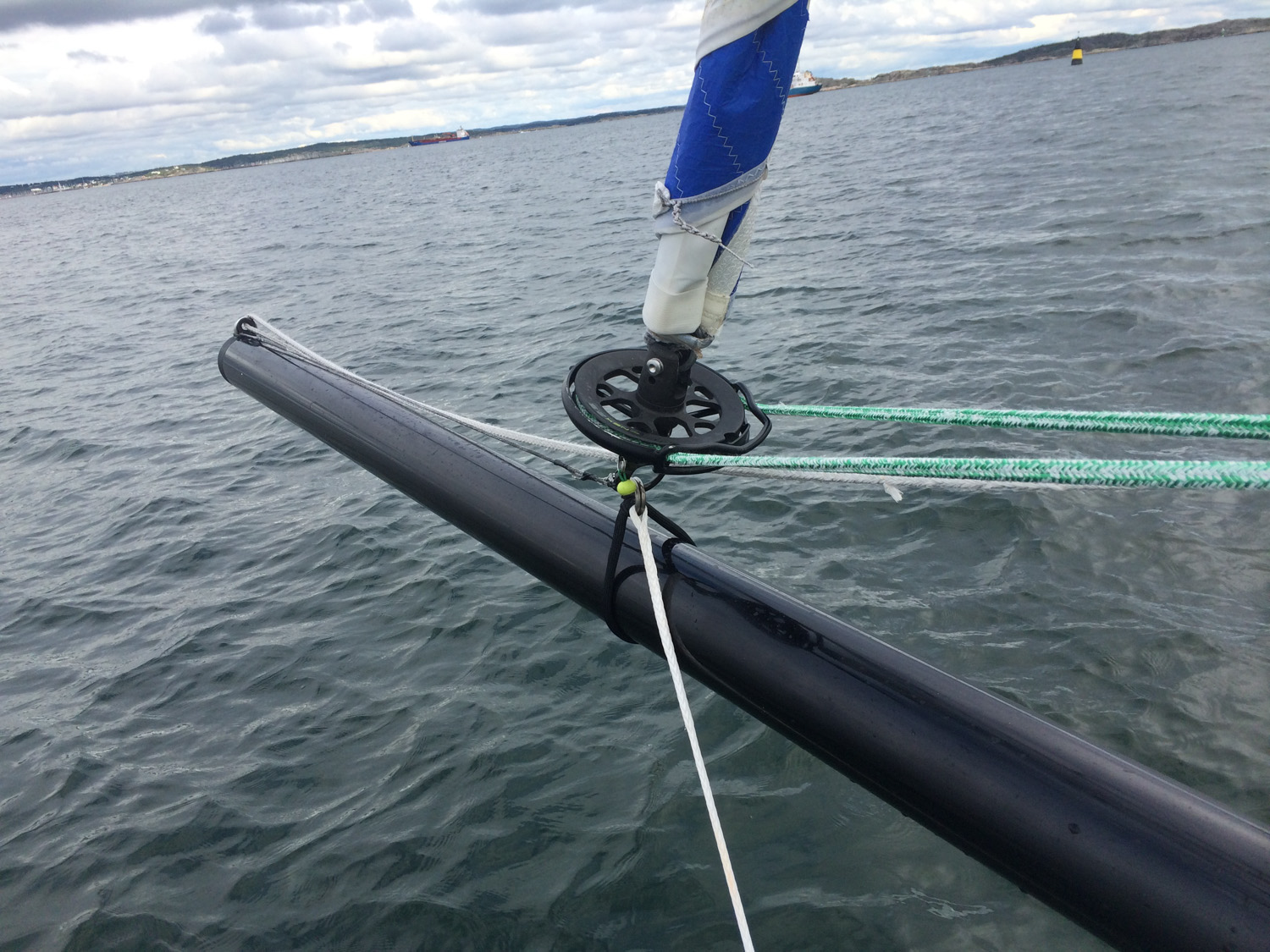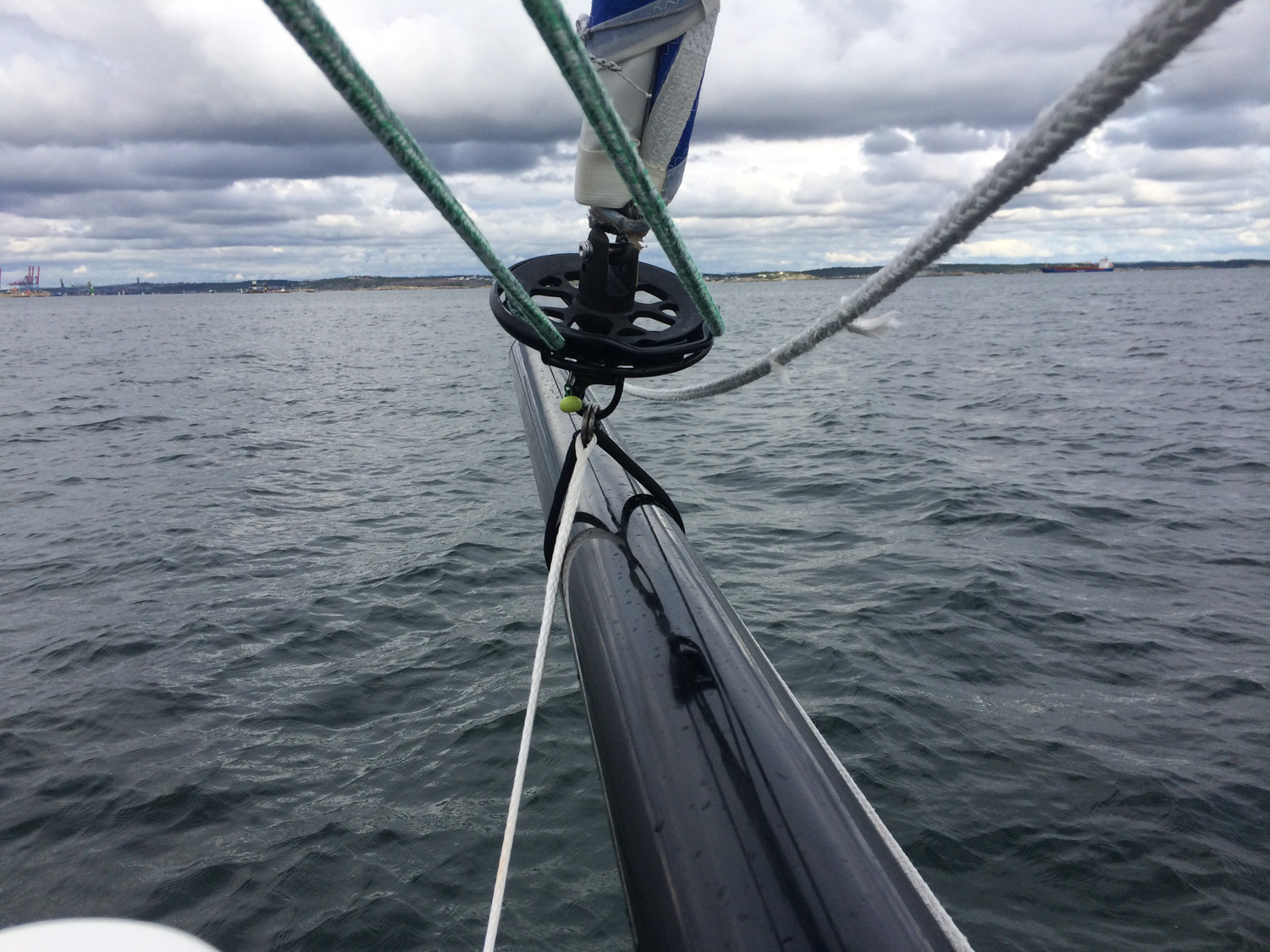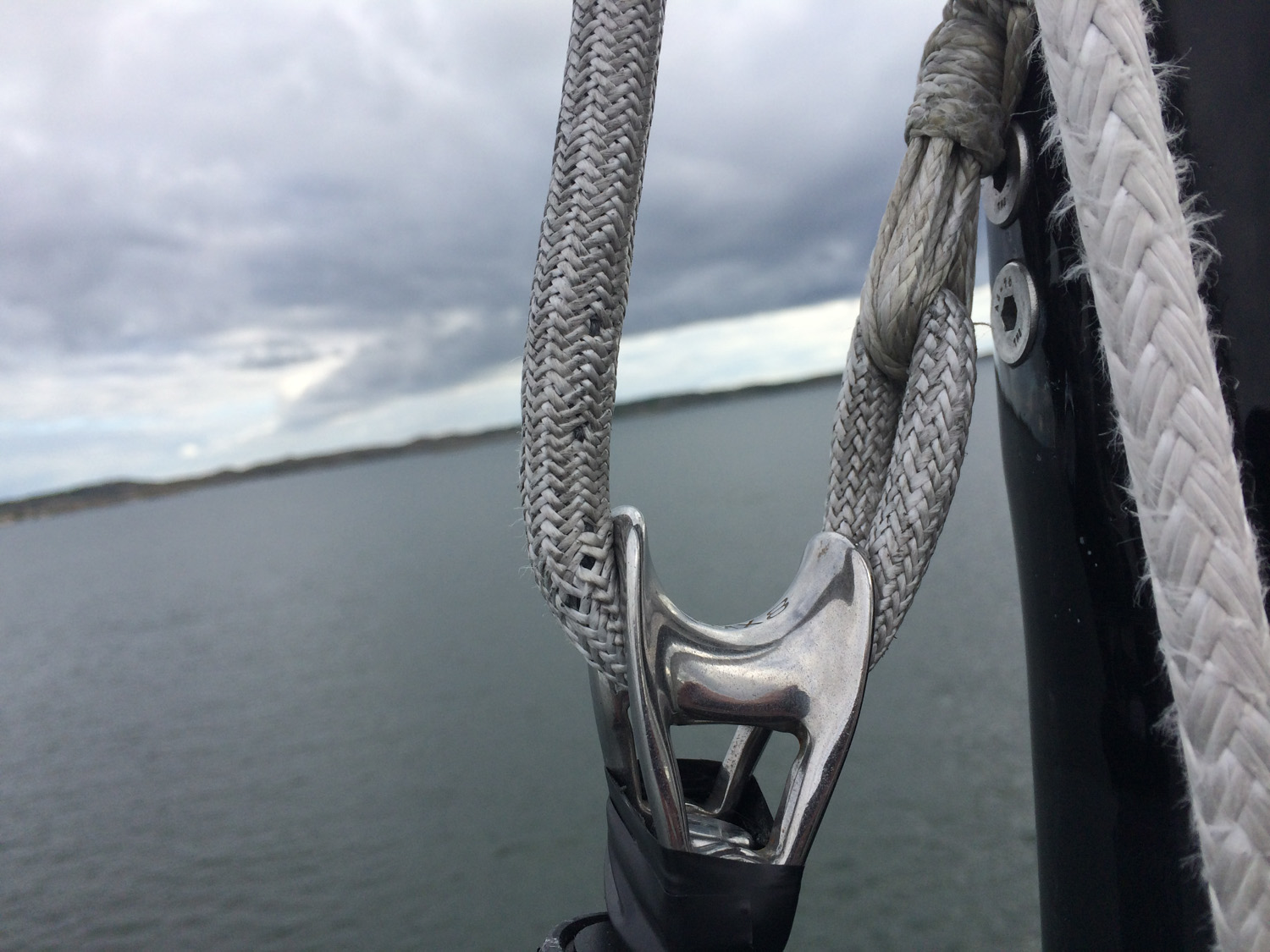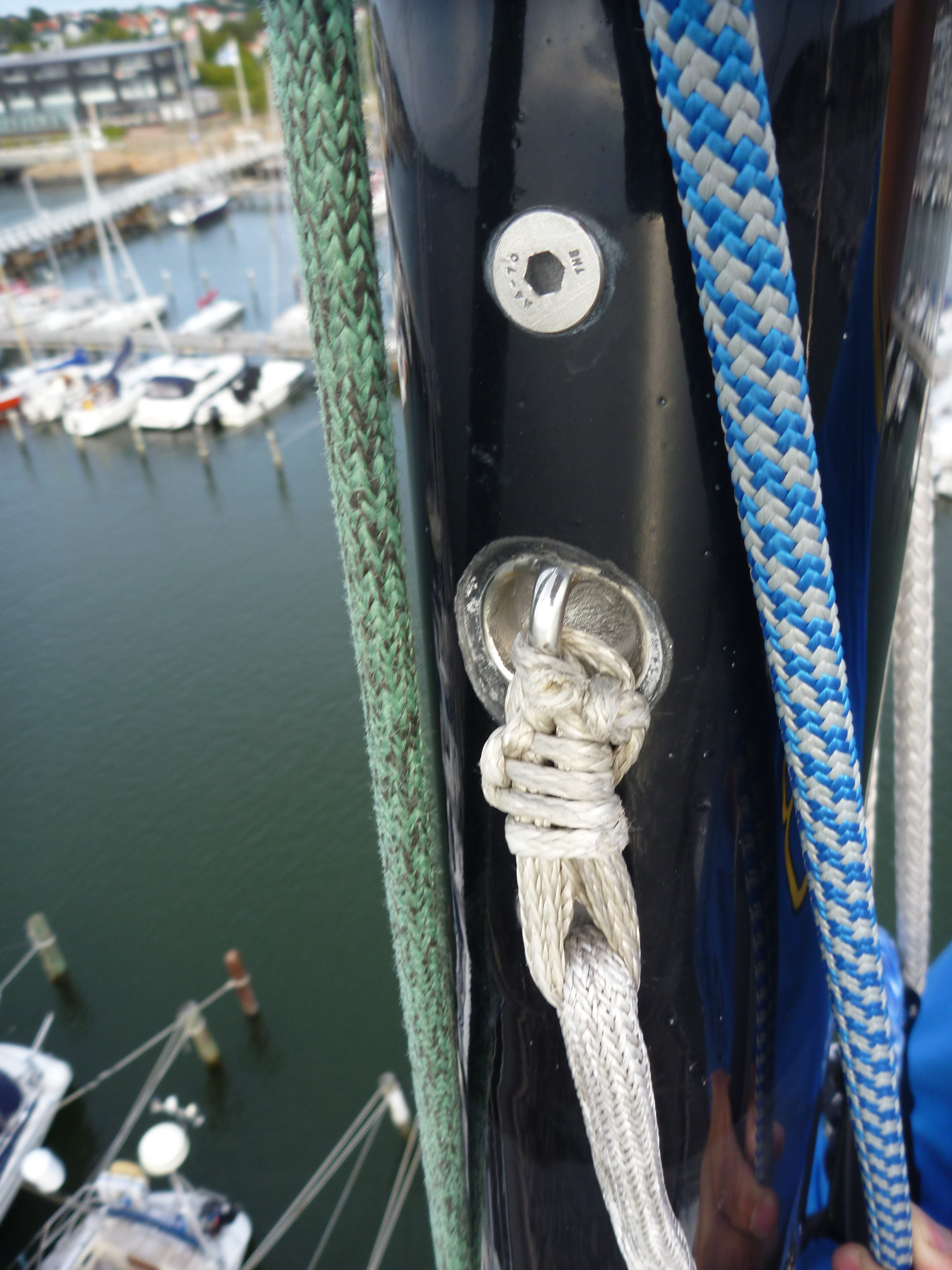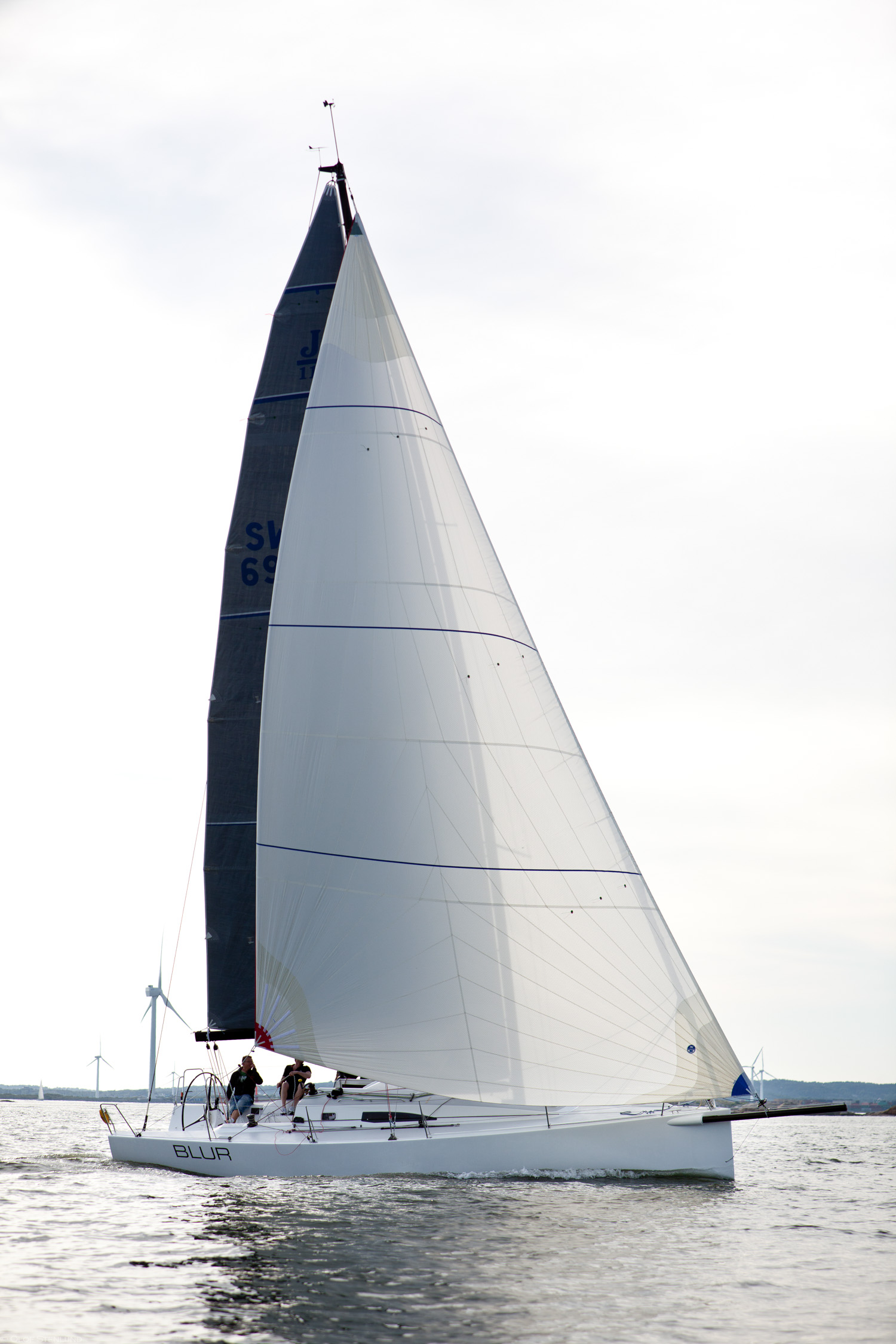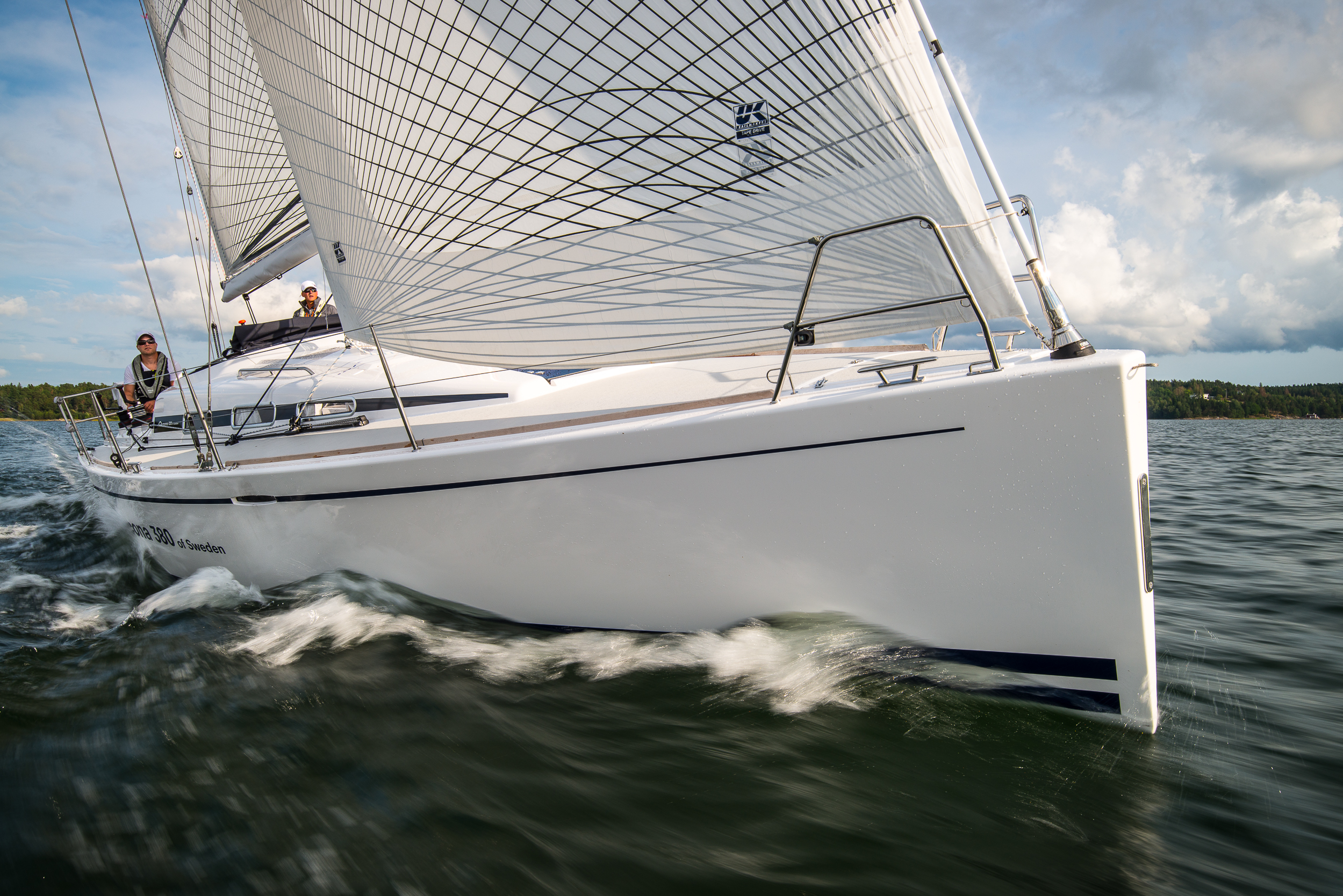I’m very stoked to race in the Silverrudder Challenge in September. I’ve worked hard on both the boat, my systems and put in some serious training to be well prepared.
Saturday we all got the Notice of Race, and I read it carefully. One line caught my eye.
“Motoring for charging is not allowed.”
OK, so we’ll race 24-30 hours solo in September and are not allowed to use the engine or even a generator to charge the batteries? Apparently a fuel cell or anything else is ok, but not a diesel engine.
I thought this was a bit odd. The race prides itself in having as few rules as possible; they’re not using the ISAF RRS, there’s no rating rule or limitation on sails or tweaks to get the boat to go fast and the safety rules are pretty low key as well.
But suddenly they forbid something that most of us rtely on for longer races.
I decided to ask:
Hi!
Is “Motoring for charging is not allowed” correct? Are other means of charging, i e fuel cells allowed? What’s the difference?
Many boats are dependent on running the engine once or twice in 24 hours to keep batteries charged for navigation & lights.
As no other restriction on sail area and performance enhancing gear is allowed, it’s very strange that your not allowed to charge your batteries?
///Peter
The answer stated the reason. Apparently some racers have been motoring through some tricky parts last year. Seems more like a question of sportmanship – and maybe an effect of not using the racing rules:
Hi Peter,
we had some incidences last year where we had reason to believe that people used the engine and “idled” through the tricky parts in light wind.
So as it is a sailing competition we found that the right decision is a total ban the use of engines and generators.
Well planed use of the auto-pilot, solar panels, fuel cells and/or extra batteries is the way to go.
Best regards
Morten
My answer today:
Hi!
In all other areas the race is very liberal (sails, safety, rules etc) so I’m very surprised that you introduce new rules that I havn’t seen in any race around the world. It has always been sufficient to report the times you run the engine for charging. Works in all Watski 2stars, Færder, ÅF Offshore race etc. And those races are much more competitive.
If people want to cheat, they’ll do it anyways. This just signals that there’s some really bad sportmanship in the fleet.
Now it just adds cost and complexity to the rest of the fleet. I can’t see that boats >40 feet really have stored power to sail safely in 24-30 hours in September when it’s dark. Have you surveyed the fleet on this?
I need to rebuild my electrical system and add a fuel cells or wind generator of some kind. The added cost/complexity will probably lead to me not participating – or participating and breaking this rule – and welcoming any protests :-)
I strongly advise that you use/adapt rule 42 PROPULSION of the racing rules. Works for all other racing.
///Peter
This just feel a bit stupid. I’ve designed my system to be simple and work well for the type of racing we do in Scandinavia; max 2-3 days of racing in summer conditions. And as we use diesel for the engine as well as the heater we decided against other smart, but complex and expensive, systems. I have a boat that would be ready to do a Fastnet or any major race – but it won’t work for a fun solo race in Denmark.

